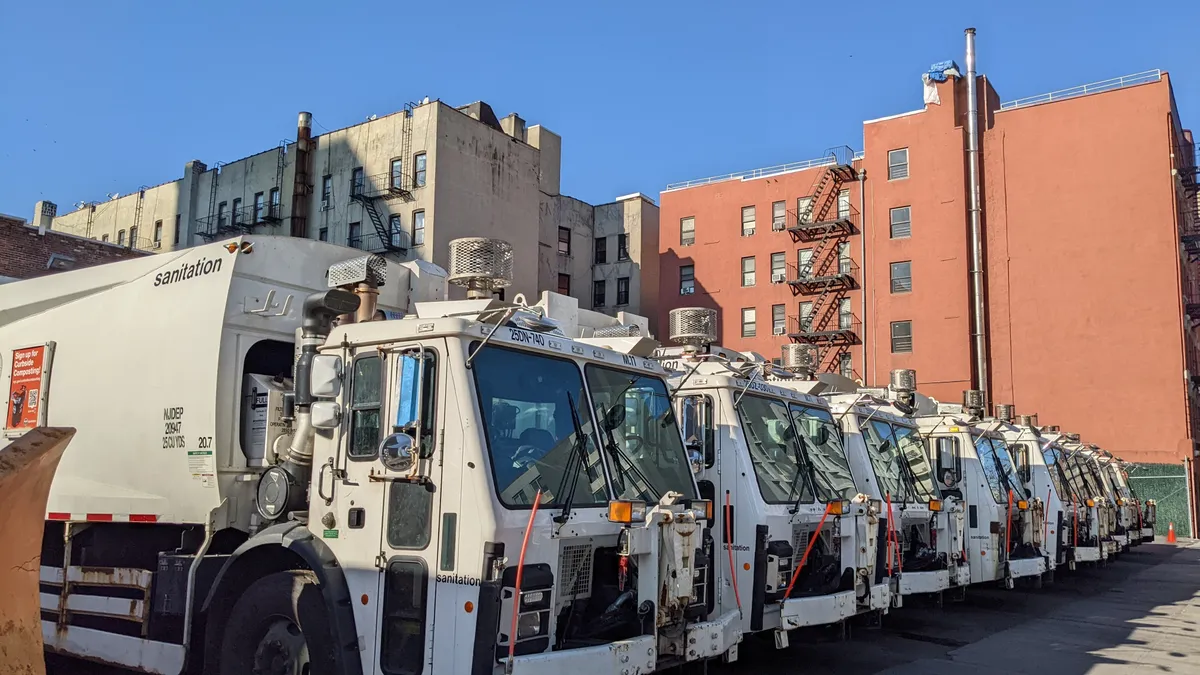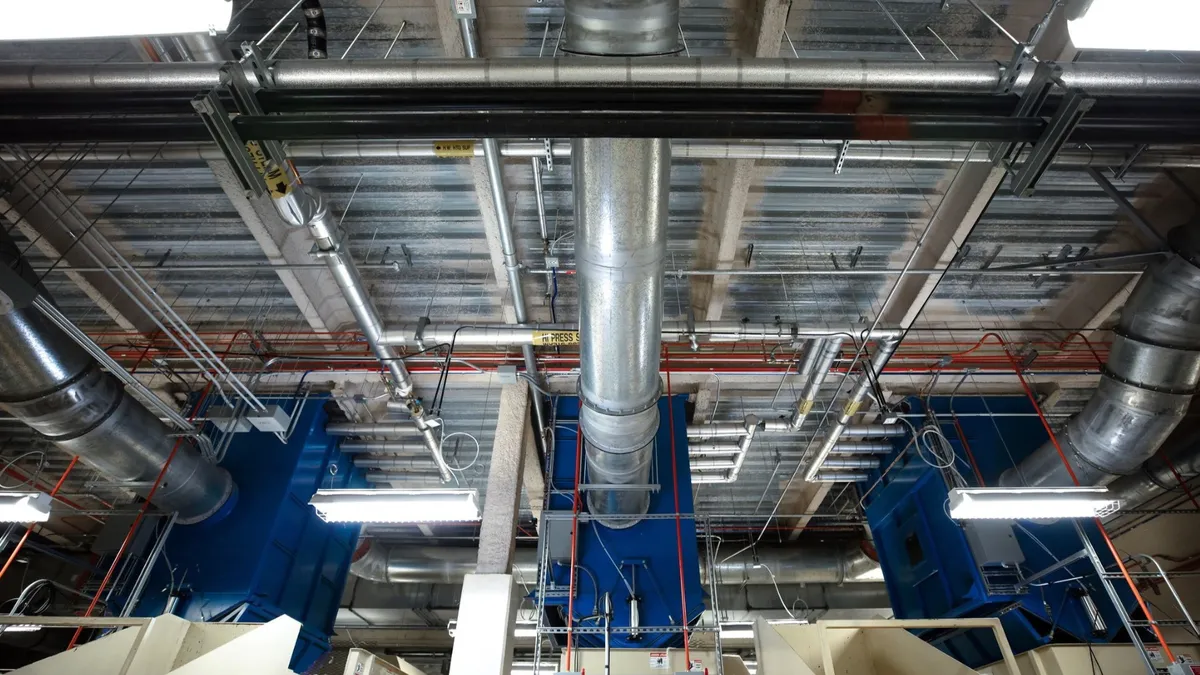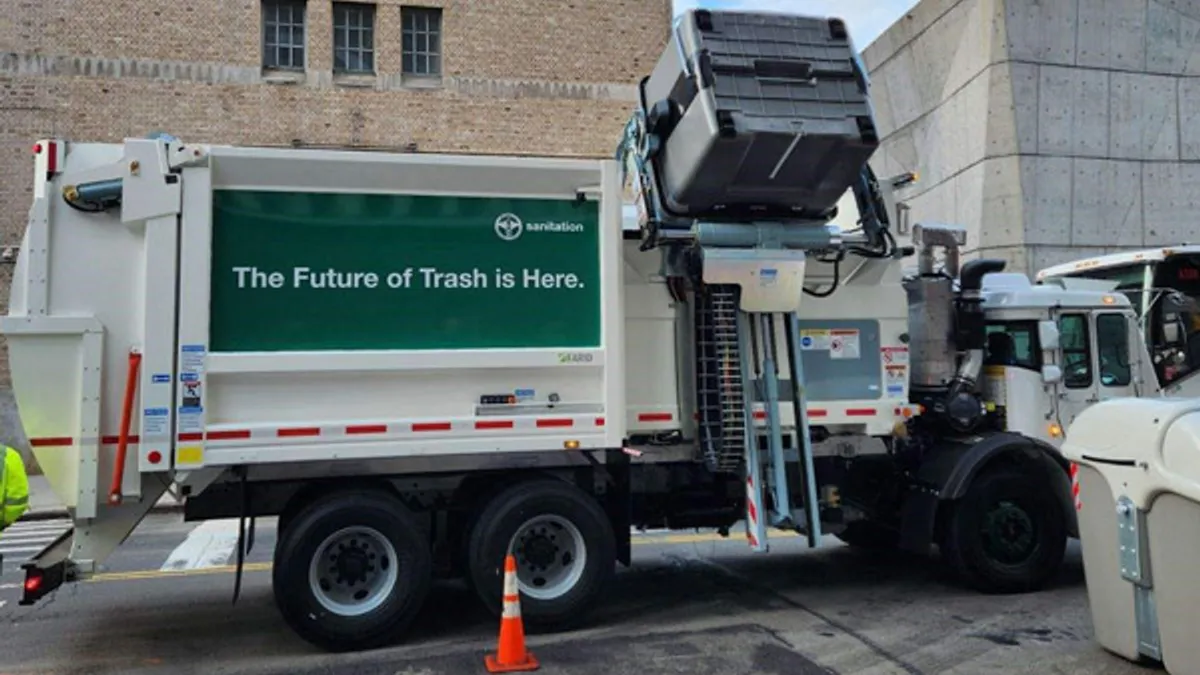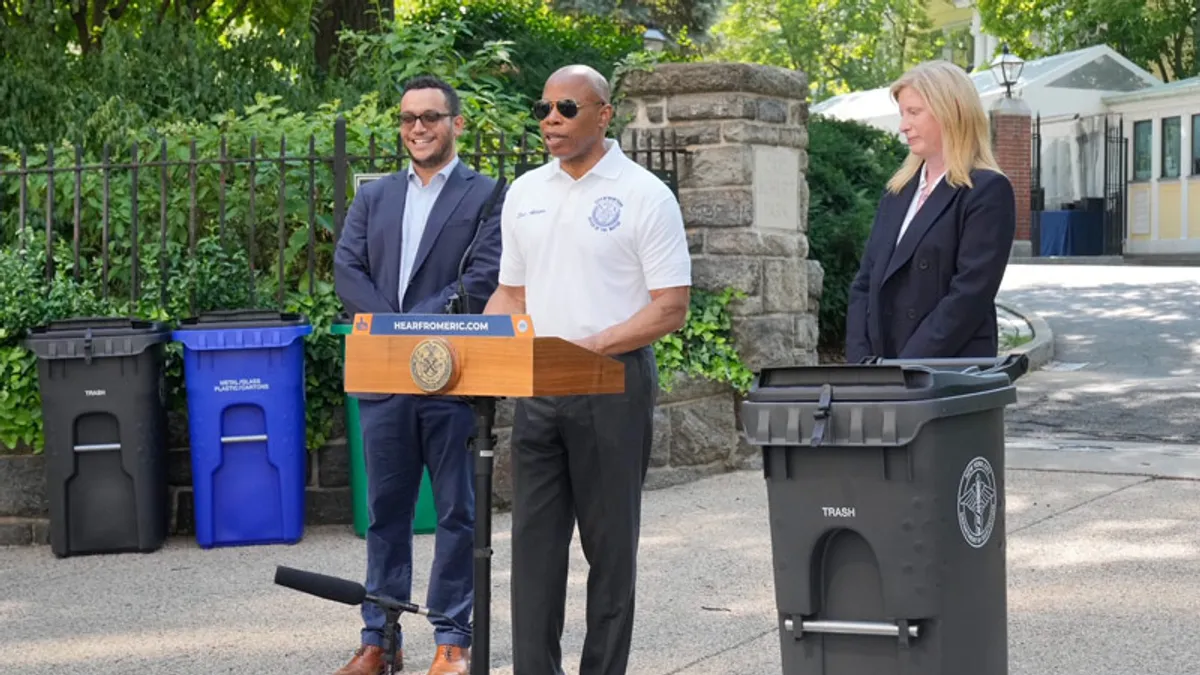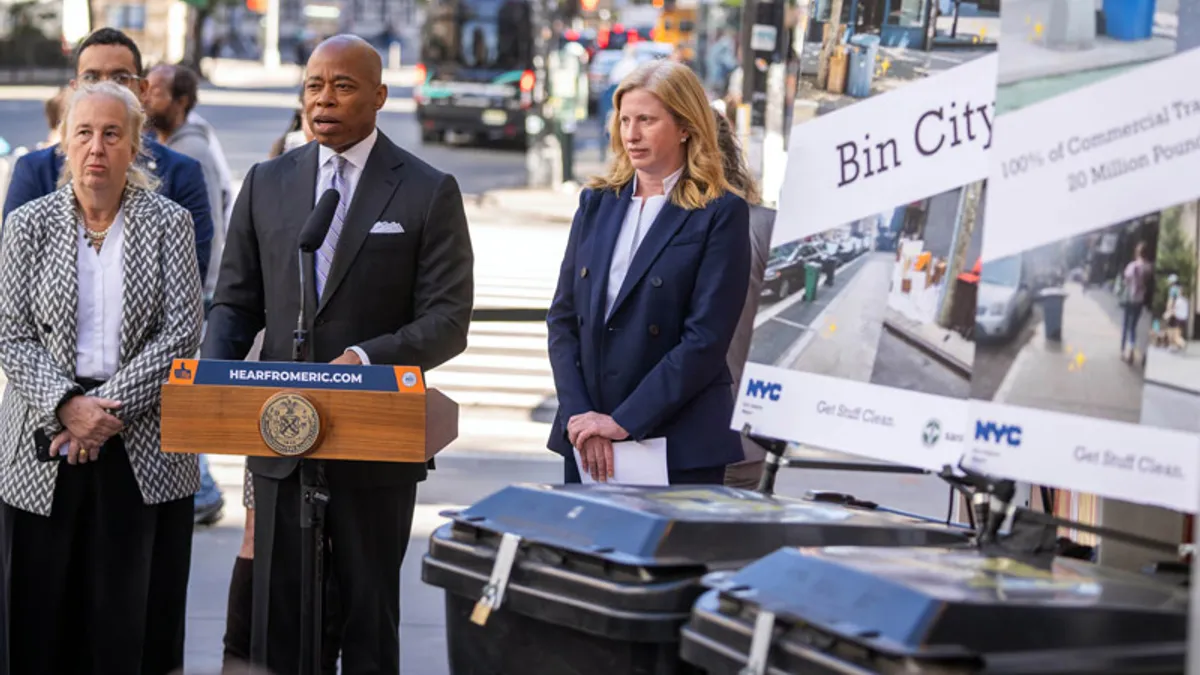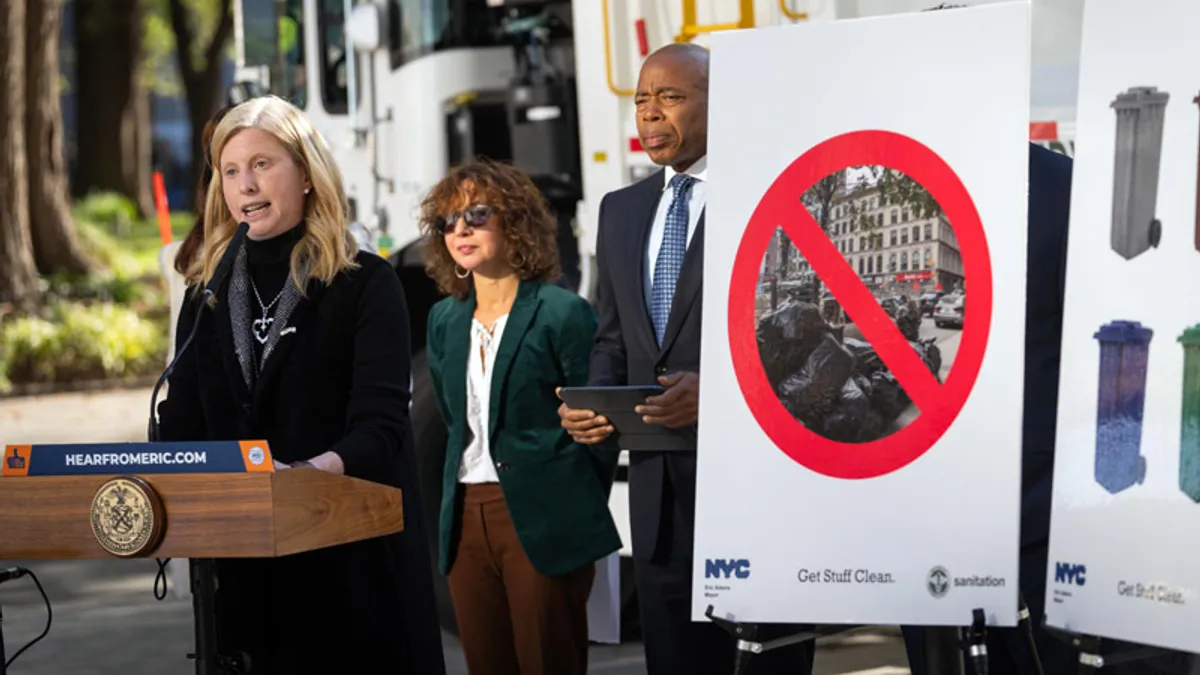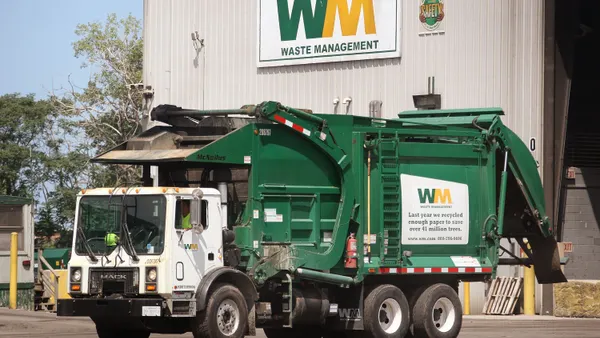Editor’s note: Read our earlier coverage for full background about the New York Department of Sanitation’s containerization plans.
Rat mitigation has been the main talking point during New York City’s containerization efforts, but a change in collection systems will also have many implications for the Department of Sanitation’s workforce and fleet.
According to a recent report, the agency sees a path to containerize waste on an estimated 89% of the streets it services. While a pilot is currently underway to use large wheeled containers in the Manhattan neighborhood of West Harlem, the agency plans to scale a combination of individual bins (collected via the existing rear-load fleet) and shared stationary containers (collected via a yet-to-be determined automated side load approach).
Automated collection can often lead to a decrease in labor needs, but that’s more common in areas that have space to accommodate trucks with side-load arms for individual bins — a feature that could prove challenging in New York. Instead, DSNY envisions retrofitting its existing rear-load fleet with cart tippers for individual bins. The report also lays out certain scenarios where using stationary shared containers could potentially increase labor needs because the containers might need to be serviced more frequently as they fill up.
Labor is the leading expense for DSNY, which operates with two staff per truck under the terms of its union contract with Teamsters Local 831. The city used to allot three people per truck, but it shifted after negotiating a gain-sharing agreement with the union in the early 1980s.
The Citizens Budget Commission, a local nonprofit and nonpartisan organization, said it has long supported containerization efforts, in part as a way to reduce the expenses involved in a largely manual collection system.
"The big opportunity to save would be to go from two [staff] to one, and use the existing trucks that they have,” said Ana Champeny, vice president for research at CBC, who also recognized labor costs may not be a leading factor for DSNY’s decision. "I think their motivation may not be so much from a fiscal point of view as it is about addressing some of the real quality of life concerns in the city."
When asked whether the agency anticipated any long-term labor cost increases or savings as a result of moving to automation for shared containers, a DSNY spokesperson said via email that “the point of containerization — and our focus — is to get the trash off the streets.”
Harry Nespoli, president of Local 831, was skeptical that the containerization push would lead to any staffing changes.
"I don't think there's ever gonna be a one-man truck in New York City,” he said, while noting that his members are adapting to the broader containerization mission. "We're going to cooperate, as long as it's a safe operation and my workers are protected — then they're going to do their job. Their job is to pick it up."
Nespoli said he anticipates a potential scenario where some trucks focus on collecting shared containers, with a second worker possibly spotting the driver outside of the vehicle, and other crews do house-to-house collection of individual carts.
Reducing the rat population via containerization would also benefit 831’s members, due to the potential for rats to cause injury and disturbances. Nespoli recalled a rat jumping out of the truck and landing on his shoulder when he used to work on the truck in earlier years.
As for safety, national trends have shown that certain forms of automated collection can create a better working environment.
"Generally speaking, when we go from rear-load to automated collection there's usually an improvement in safety performance because the collection worker, particularly the helper, is less exposed to traffic hazards and there's less ergonomic injuries,” said David Biderman, president of Biderman Consulting.
Safer operations can also help reduce costs, said Champeny. National injury rates for collection workers have declined in recent years, but it remains a high-risk job. City statistics show 987 reported injuries among DSNY’s uniform and civilian staff during FY22.
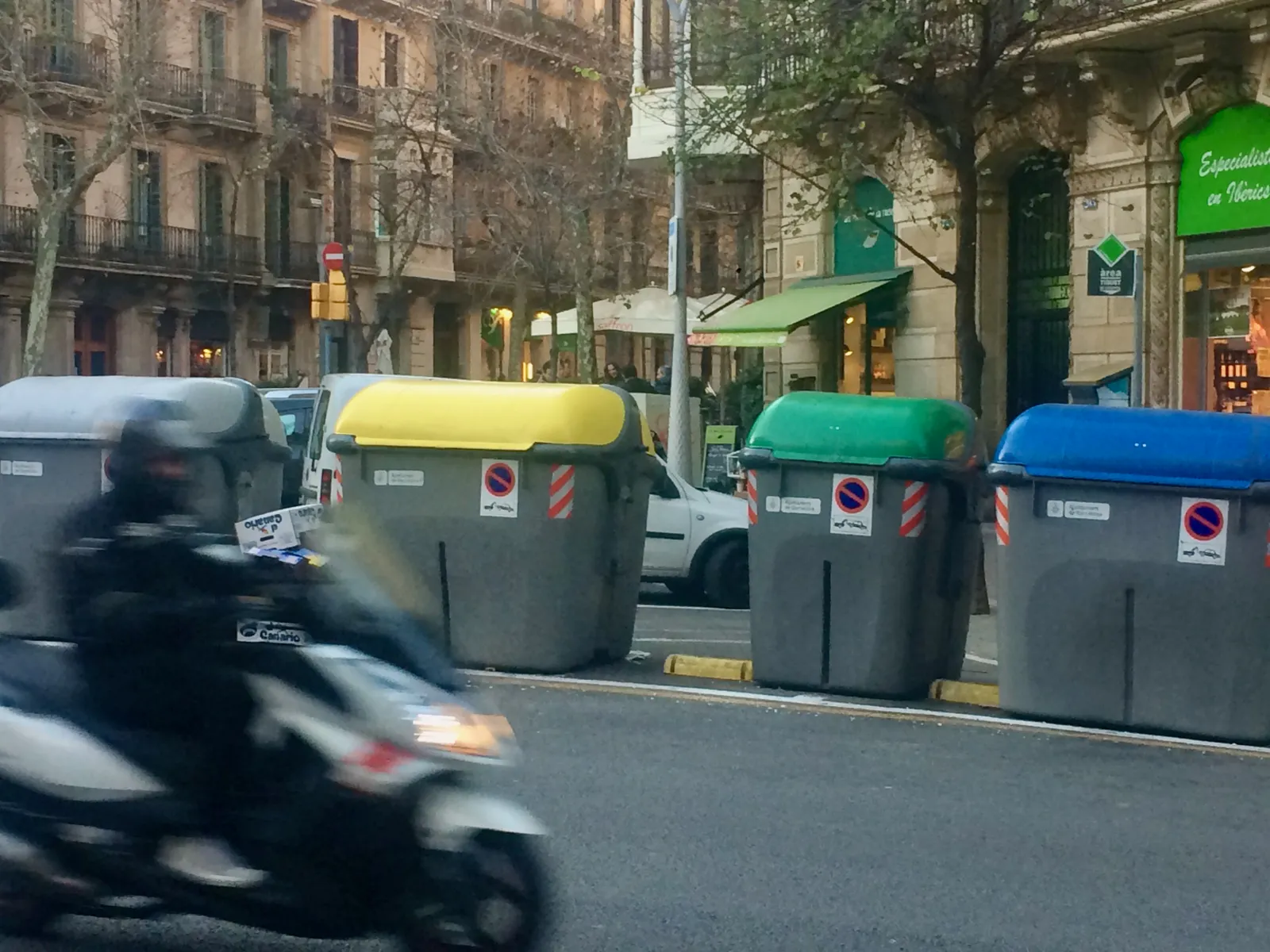
The right equipment
Existing rear-load vehicles can be retrofitted to handle some containers, as is being done in the West Harlem pilot, but DSNY is also looking at developing a unique vehicle to collect shared containers.
According to DSNY’s report, “because no major city in North America uses residential stationary shared containers at scale, the industry would have to develop a first-of-its-kind truck for the region.” It anticipates this would require “substantial R&D investment to create fleet and stationary shared container production capacities that do not exist today in North America, but are widely available in Europe, and to a lesser extent Asia and South America.”
"What it would cost to develop a truck like that? How long it would take? I think that has a much larger price tag,” said Champeny. "On the other hand, industry is not likely to undertake this on its own without a big buyer like New York City. So there's probably a company out there that would consider this an exciting opportunity to work with the city."
DSNY’s report estimates this process could add three to five years to implementation timing, citing complexities involved with adapting European technology to U.S. standards and local operating specifications. But at least one distributor believes it could be done sooner.
Diego Barbarena, CEO of WasteTech, submitted comments earlier this year detailing his ideas to adapt existing equipment. According to Barbarena, one option would be to use a chassis from Mack (DSNY’s longtime truck vendor) and pair it with a different body for an estimated cost of $450,000 per vehicle.
WasteTech was recently awarded a contract to help the New York City Housing Authority pilot its own containerization system using hoist collection for shared containers. DSNY’s report downplayed this option, but Barbarena still sees it as a promising method because the hoist system can handle more weight.
"You are going to have the two main systems working and people can compare,” he said, referencing NYCHA and DSNY’s parallel paths.
Barbarena also said hoist collection enables using underground containers that take up less space, though DSNY’s report described this as too complex. In Barbarena’s view, it’s similar to digging up streets to plant trees or do other infrastructure installations. In another development that will offer insight for container systems, the nearby city of Yonkers recently received a bid for installing two underground refuse container systems.
For now, the full fiscal implications of DSNY’s possible equipment shift are unknown. CBC wasn’t aware of any specific funding for this broader plan in the agency’s FY24 budget. When asked about next steps, including a potential procurement process, DSNY said more details would be coming in the future.
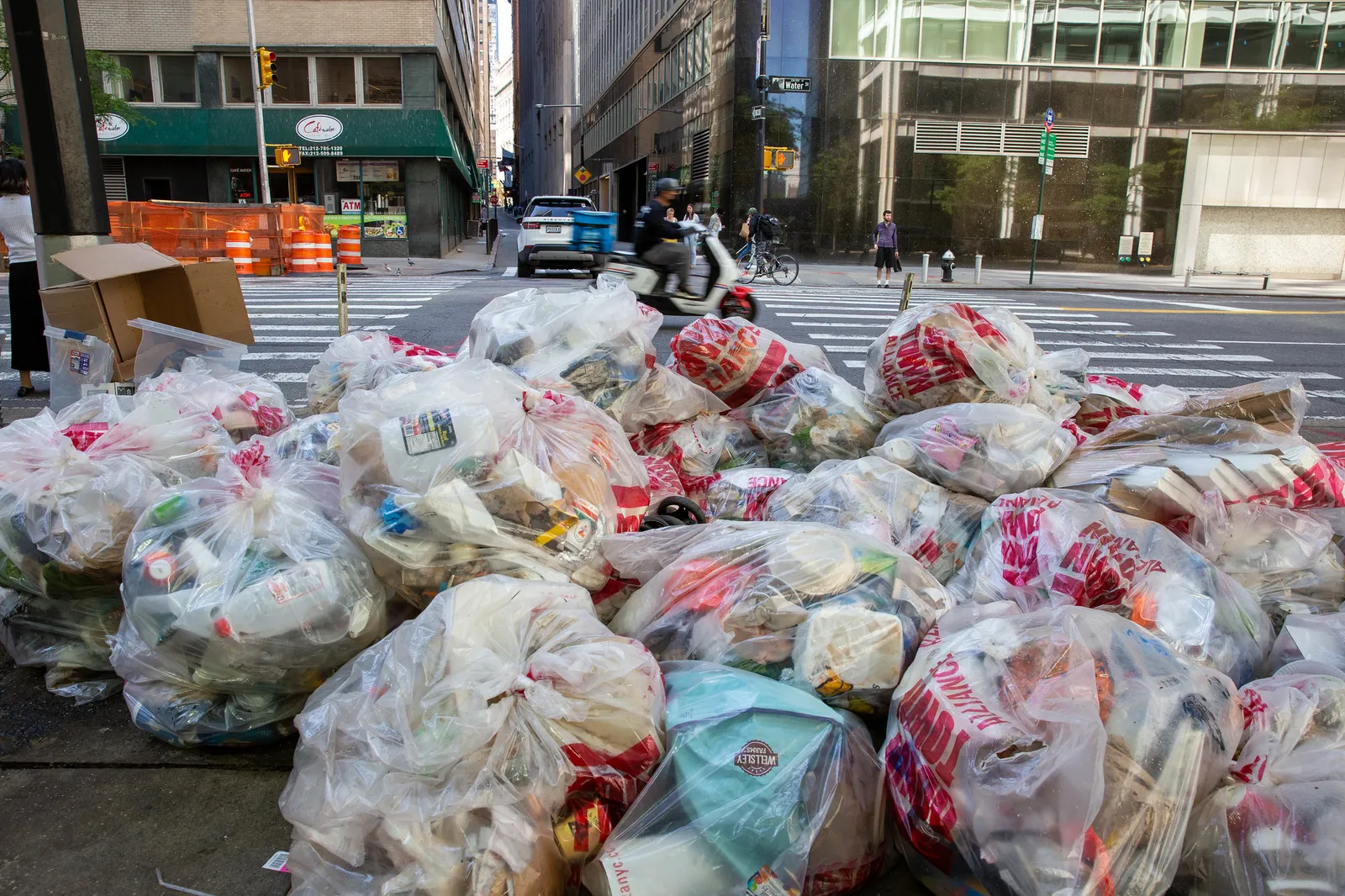
Looking ahead
Sources anticipate New York will encounter many more questions in the coming years and don’t necessarily expect that DSNY scaling up a shared container approach will set a trend for the U.S. market.
"I think that New York is a relatively unique operating environment. And so I don't think the majority of cities, either large or small, look to New York for guidance for how to handle their own solid waste,” said Biderman, noting only a handful of other major cities, such as San Francisco or Boston, might have similar logistical constraints. "I think the likelihood of widespread application is slim."
New York’s approach, as laid out in DSNY’s report, is also expected to be unique within different parts of each borough.
"It has to be flexible and it has to be tailored to the neighborhoods, because the needs are different and the built environment is different,” said Champeny. The most logical approach could be to move ahead first in lower-density areas that are well-suited for individual bins, according to Champeny and others. This might also come with financial benefits if collection becomes more efficient in areas that may cost more due to lower route density.
"While it's a smaller share of refuse, it's not necessarily a smaller share of trucks, because those are the least efficient ones,” she said.
Another factor for individual bins is how much space they will take up at single-family or smaller multifamily buildings, and how residents will prefer to handle their waste in this new system.
"If I was living in a low-density area I would prefer to have the possibility to use one of these shared containers so I don't need to worry about trash day,” said Barbarena.
At the same time, shared containers raise concerns about managing contamination and overfilling. For this and many other reasons, New York’s road to containerization will be complex.
In the meantime, Nespoli thinks DSNY’s initial move to change set-out times and push containerization for commercial waste are working, but sees a long road ahead.
“The rats have been here long before we have,” said Nespoli. “I think it's gonna be difficult, but it's definitely gonna slow it down."



